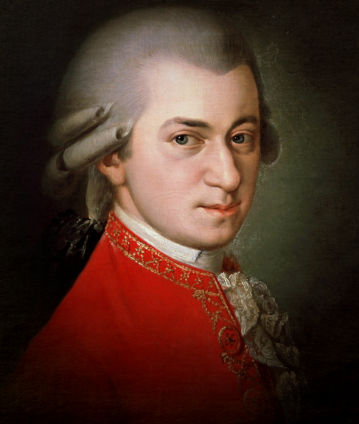Wolfgang Amadeus Mozart
Composer
Paradoxes have often been employed in the attempt to describe the genius that is Mozart. Pianist Arthur Schnabel once said his music was “too easy for children and too difficult for adults”, alluding to the challenge for performers to achieve the required balance between lightness and complexity, elegance and profundity.
Even as a young man, Mozart stunned international audiences as a violinist and, above all, as a pianist. On a three-year tour with his father and sister through Western Europe, he came into contact with the different styles of the time from an early age. In contrast to other prodigies, Mozart’s development proceeded uninterrupted and led to a probably unique versatility in all genres in the history of music: from the piano sonata and chamber music to solo concertos, sacred works and symphonies. But the key to the composer’s work lies in his stage works. The gestural vivacity and transparency that he achieves in them even in the smallest of human emotions are also shared in his instrumental works. In his short life, Mozart made the transition from a court servant in Salzburg to making a living as a predominantly freelance artist in Vienna. The idea that he was poor and misunderstood is a myth; however, the worsening situation with commissions did indeed mean he was no longer able to finance his lavish lifestyle. The Mozart style of the Berliner Philharmoniker has gone from strength to strength since the 1990s through collaboration with Nicolas Harnoncourt and other original sound specialists. Chief conductor Claudio Abbado and his successor Sir Simon Rattle were also open to historical performance practice. The latter gave performances with the Philharmoniker of Idomeneo, Cosi fan tutte and the Magic Flute and conducted the trilogy of Mozart’s last three symphonies at the beginning of the 2013/2014 season.